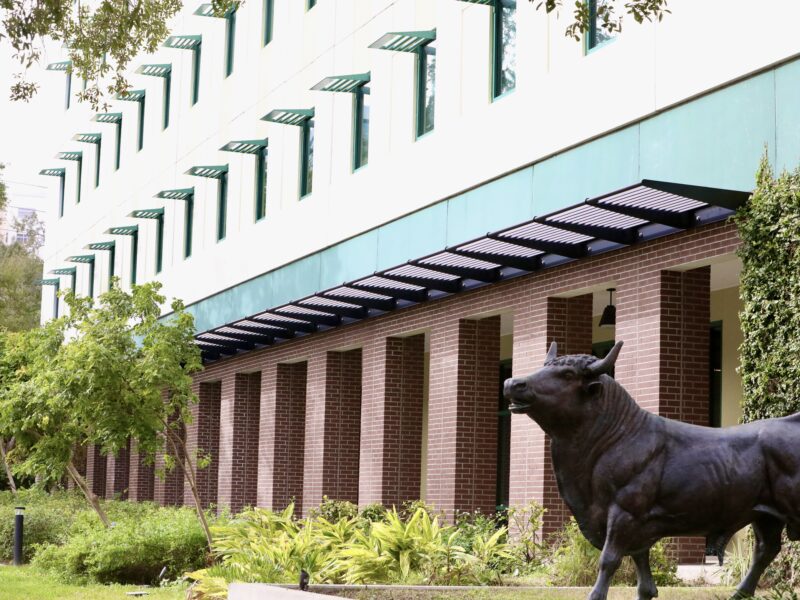In my first class of my freshman year of college about a decade ago, the professor wrote on the board, “What we believe to be true becomes true in its consequence.”
This statement follows me, still.
If we believe we are victims, we are victimized. If we believe we are wronged, we feel wronged. We then act on these beliefs and feelings, and the way we act tells other people about ourselves.
And so forms the narrative structure of our lives: We think, we believe, we act, we show others – and others see, think, believe, and react to reaffirm our original conviction.
It is our own perception that unveils the reality we perceive.
Control is an illusion.
The control we have is not necessarily in how we act, because our actions are bound by social norms and conventions. The only quasi-control we have is over the way we think, and even this is not usually true.
People react.
We react with our “default” programming that is designed by our experiences and surrounding culture. These are the very factors that originally and ultimately produce our prejudices.
There is so much for us to judge with our tiny and busy brains that compartmentalizing and prejudging can be necessary for survival.
But, when we acknowledge these default settings, when we are at least aware of them, like the water in which the fish swim, we are then free to think outside of them.
Then we finally have some control –the only control anyone really has– over at least our thoughts, at least some of the time.
“When a pickpocket looks at a saint, he only sees his pockets.”
This Buddhist saying, this teaching, shows how all of us only see mirrors of ourselves, wherever we look.
The way we view the world is based on how we understand the world that surrounds us.
To be able to learn and understand the world outside of our own prejudices, we first have to acknowledge the mirror.
We have to clean it, and we have to reflect on it from various angles before we can begin to understand its natural distortions.


